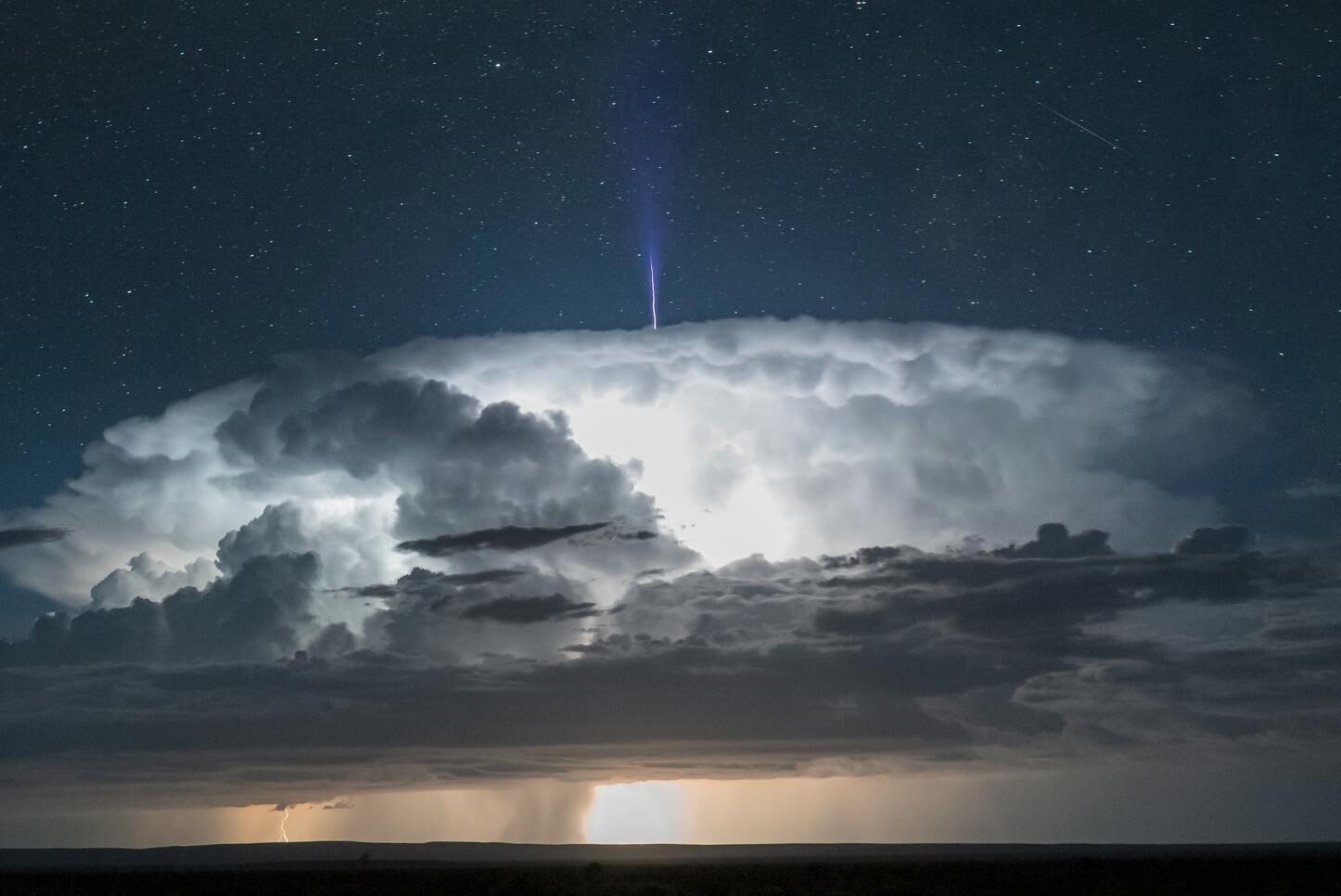
Griffiths is an amateur photographer, primarily interested in wildlife and the Milky Way. "On July 28th, I was starting a five night West Texas road trip to capture the Milky Way," he says. "But with thunderstorms in the distance I decided to try for red sprites instead."
He ended up photographing the sprite's elusive cousin, the blue jet. First recorded by cameras on the space shuttle in 1989, blue jets are part of a growing menagerie of cloudtop "transient luminous events" such as sprites, ELVES and green ghosts. They are all elusive, but blue jets may be the hardest of all to catch.
Comment: Taking into account the recency of the discoveries, along with the various other phenomena that have been occurring with an increasing frequency, some which were only just documented in the last decade or so - such as STEVE, the dunes and white picket fence auroras - and it wo nature of our planet.
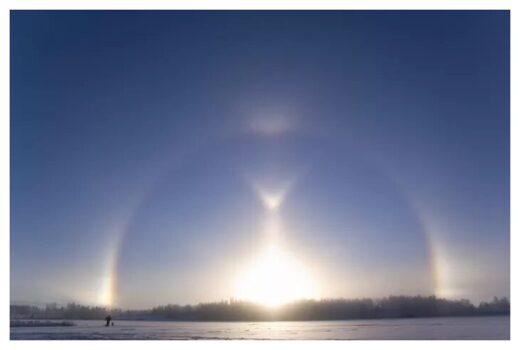
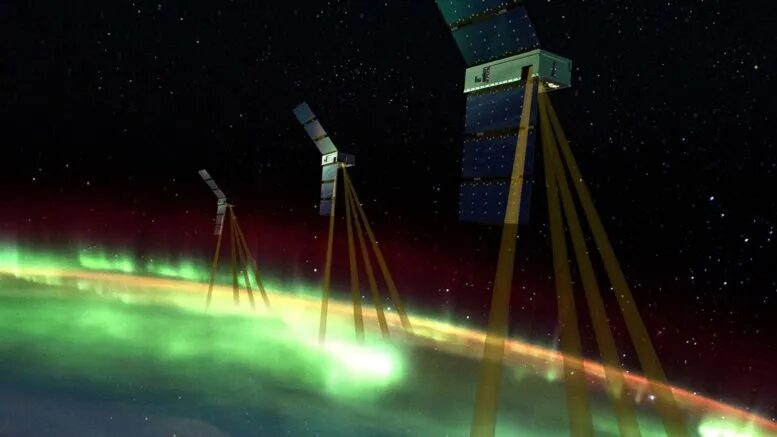
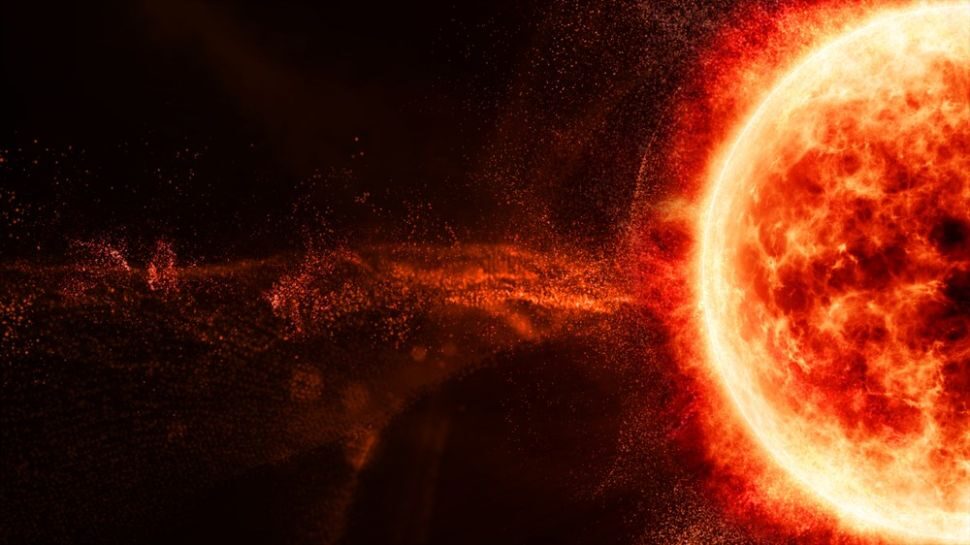
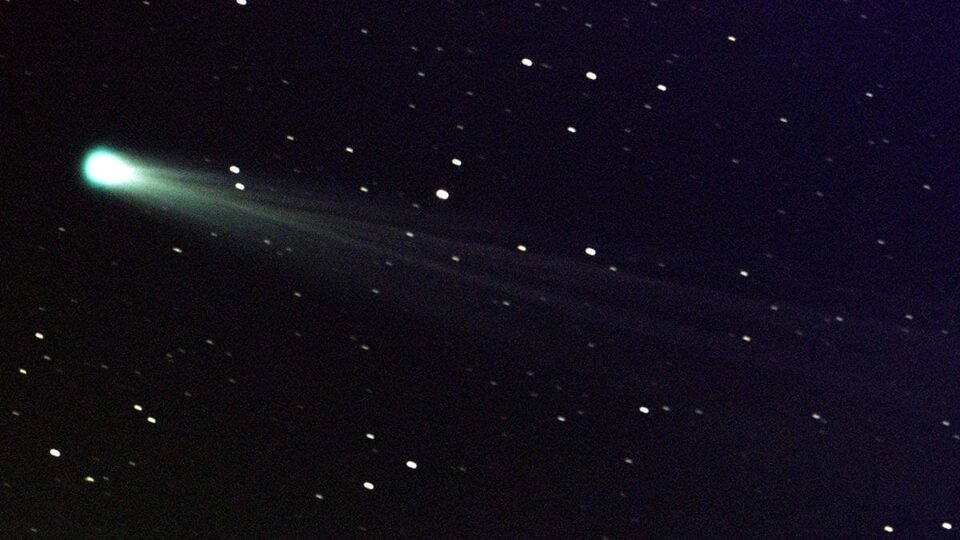
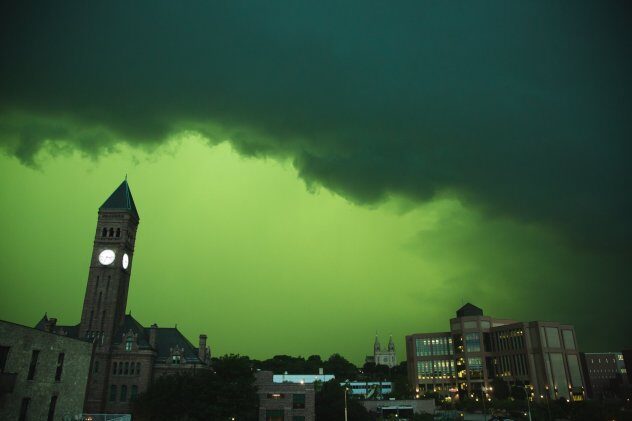
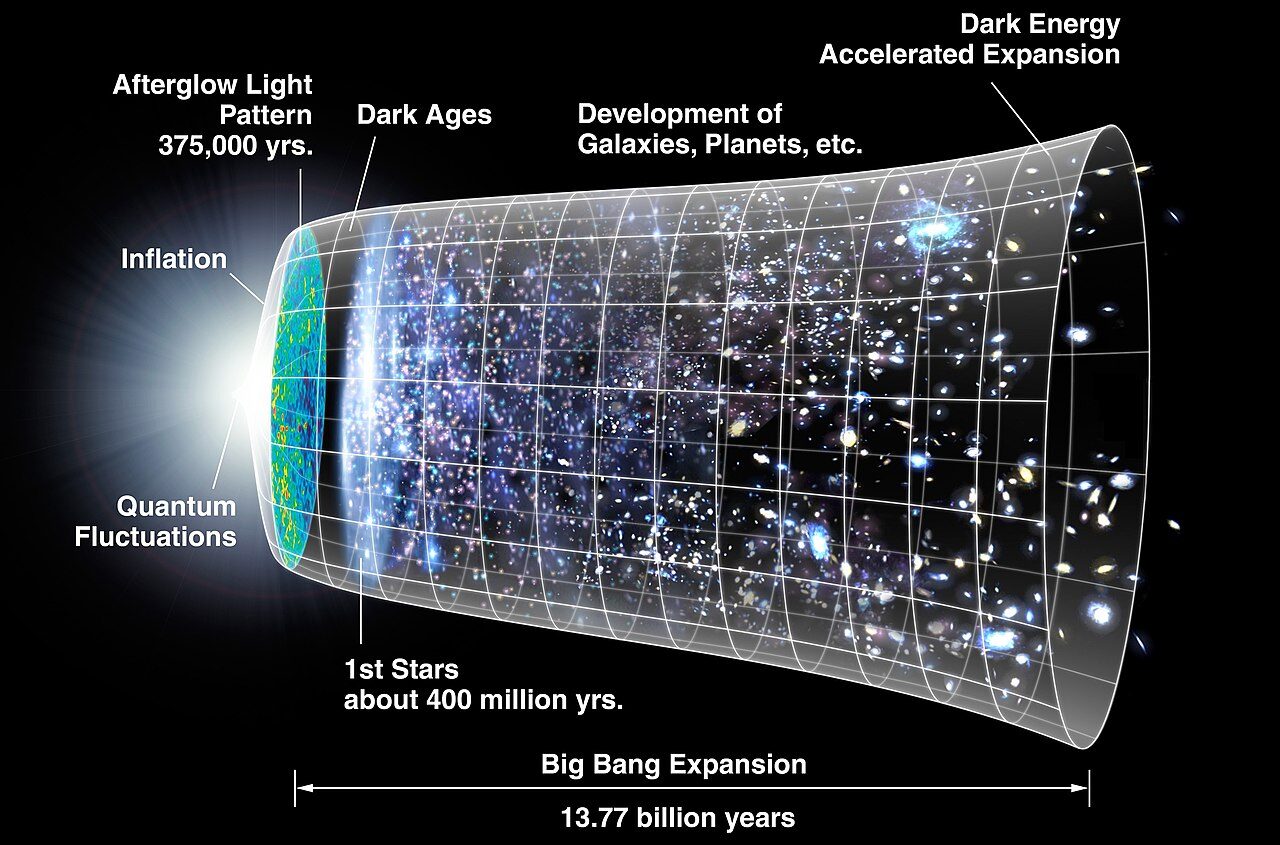
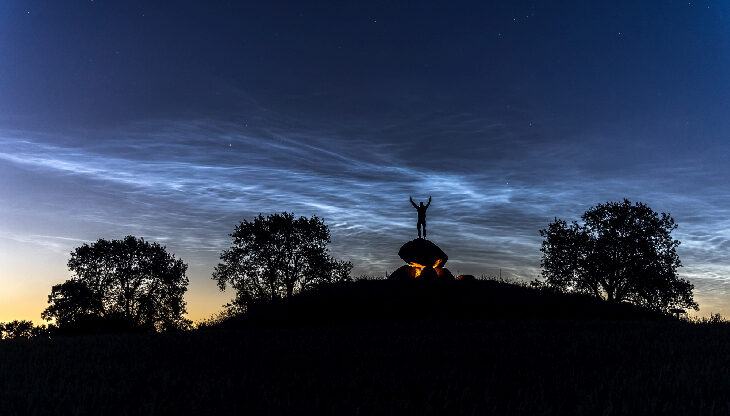



Comment: See also:
- Cosmic climate change: 'Space plasma hurricane' observed in ionosphere above North Pole!
- Energy from solar wind favors the north, surprising scientists
- The Seven Destructive Earth Passes of Comet Venus
- Planet-X, Comets and Earth Changes by J.M. McCanney
- Gulf Stream System at its weakest in over a millennium, last significant decline recorded during the little ice age
- Electric currents driven by solar wind create Saturn's auroras, heat planet's atmosphere - NASA
And check out SOTT radio's: